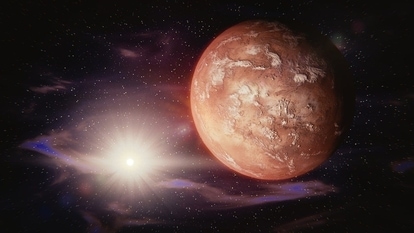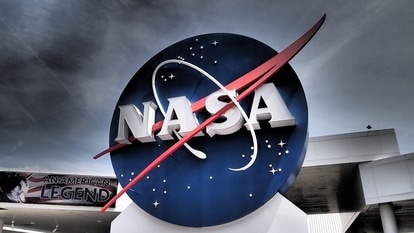Amazing! Working with NASA, Google now lets you explore a 3D Moon; Check Apollo 11 landing site, more
Google, in collaboration with NASA, now lets you explore a 3D model of the Moon on your desktop and smartphone. You can explore historic locations like the Apollo 11 landing site, Lunar far side, Mendeleev crater and more.
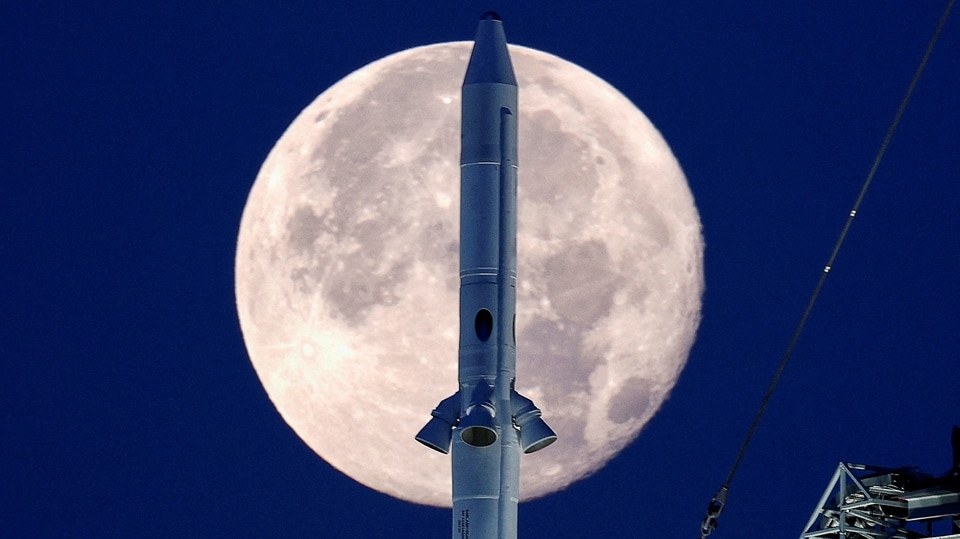
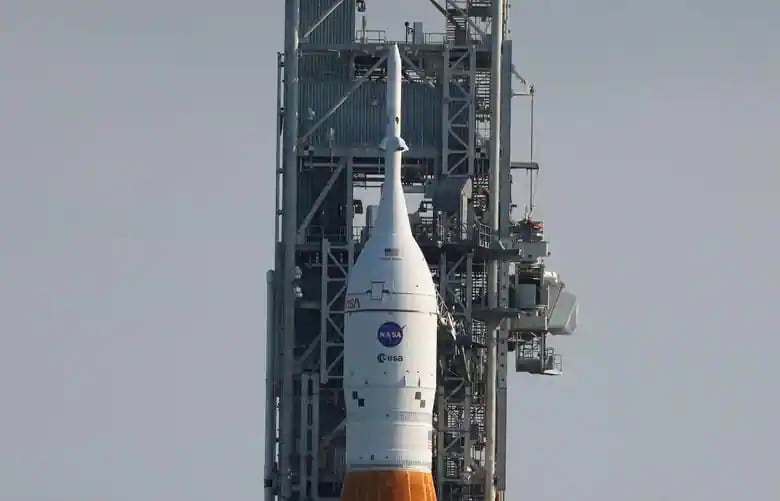

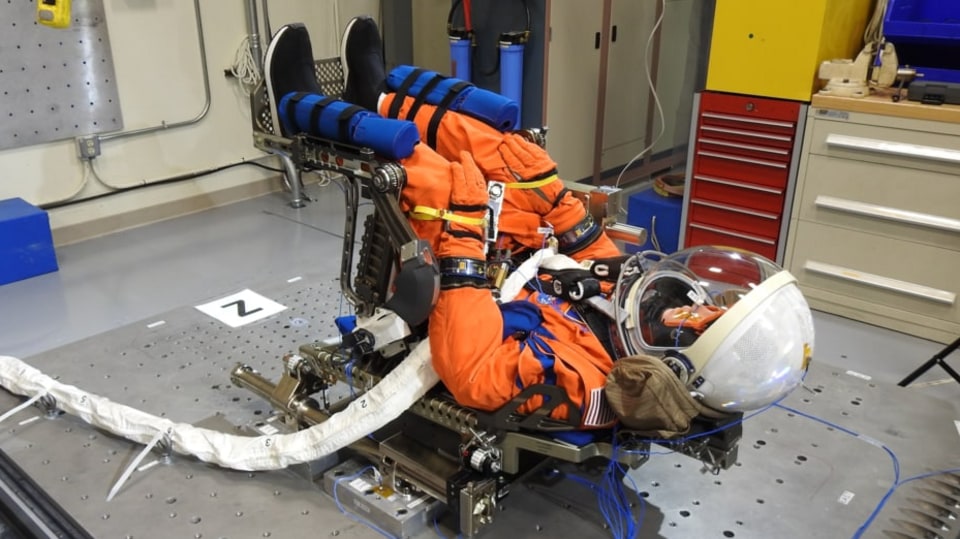
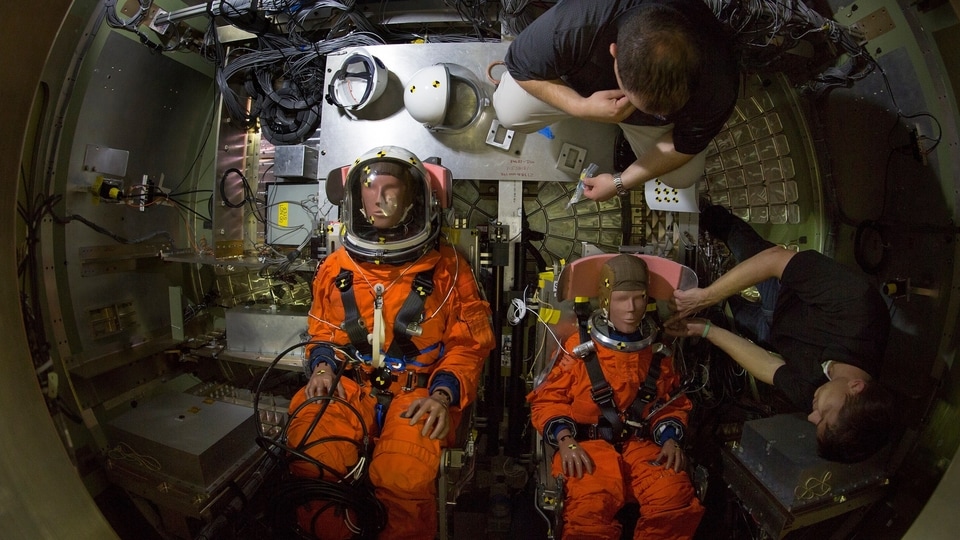
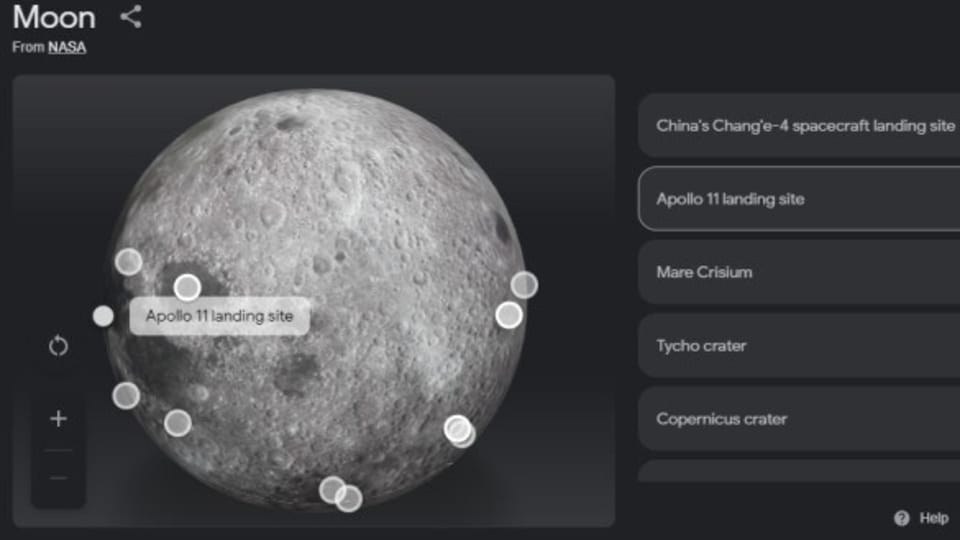
 View all Images
View all ImagesGone are the days when you had to flip through pages of encyclopedias or sift through walls of text to see those elusive images of the Moon and had to settle for whatever the camera captured. Now Google has partnered with NASA to bring 3D models of planets, Moon and important spacecrafts directly to your smartphone and laptops. You can not only see the entire celestial body in its three-dimensional avatar but also zoom into it and rotate it to check out every little detail. To make it even more informative, you can also see important sites within the celestial body. The Moon, for example, highlights the Apollo 11 landing site, Lunar far side, Mendeleev crater and more.
Google, powered by NASA, lets you explore the Moon
Now you too can feel like an astronaut as you dive deep into the valleys and mountains of the lunar surface. Announcing this new feature, Sundar Pichai tweeted, “Excited to partner with @NASA to bring 3D models of planets, moons and spacecraft to Google Search (and in AR on mobile too!), along with a new @googlearts project exploring our solar system”.
To see it in action, all you need to do is go to Google homepage on either your smartphone or laptop and type in the name of the celestial body you want to see. Typing Moon will open a page about the Moon. And right beneath the Google information box (on the desktop version it will be on the right side), you will see an option to ‘view in 3D'. Clicking on it will take you to another page where you can see a 3D Moon model that you can rotate and zoom into. It also comes with an AR mode on smartphones that lets you bring the Moon directly inside your home.
Additionally, the Moon has also been marked with various spots which hold importance for us. For example, you can see the exact spot where the Apollo 11 spacecraft landed. It was the same spacecraft that took Neil Armstrong, the first person to step on the Moon. Apart from that, you also get to see the Tycho crater, Mendeleev crater, Lunar far side, China's Chang'e-4 spacecraft landing site and much more.
Catch all the Latest Tech News, Mobile News, Laptop News, Gaming news, Wearables News , How To News, also keep up with us on Whatsapp channel,Twitter, Facebook, Google News, and Instagram. For our latest videos, subscribe to our YouTube channel.



